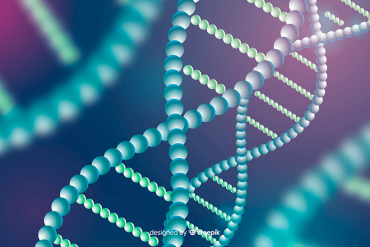A groundbreaking modern ponder distributed in Nature Hereditary qualities has revealed four organically unmistakable subtypes of autism—each with its claim blend of characteristics, formative designs and hereditary contrasts. The discoveries offer a promising step toward more personalized care and bolster for extremely introverted individuals.
Researchers analyzed information from over 5,000 children in the Start extreme introvertedness consider. Instep of looking at single characteristics in confinement, they utilized a “whole person” approach, gathering children based on their social behaviors, formative points of reference, co-occurring conditions and other characteristics.
Their examination uncovered four subtypes:
- Social and Behavioral Challenges (37%) – Children in this gather appear center extreme introvertedness characteristics like social troubles and dreary behaviors, but reach formative turning points like strolling and talking on time. They are more likely to have co-occurring conditions such as ADHD, uneasiness, sadness or OCD.
- Moderate Challenges (34%) – This gather appears milder center extreme introvertedness characteristics and tends to reach formative points of reference on time. They regularly do not have co-occurring mental wellbeing conditions.
- Mixed ASD with Formative Delay (19%) – These children encounter delays in early points of reference but as a rule don’t appear signs of uneasiness or discouragement. There is variety inside this gather in terms of how social and monotonous behaviors show up.
- Broadly Influenced (10%) – The littlest bunch faces more extreme challenges, counting formative delays, communication challenges, dreary behaviors and mental wellbeing conditions such as uneasiness and disposition clutters.
Each gather moreover had unmistakable hereditary designs, appearing that the science behind extreme introvertedness changes from one subtype to another. For illustration, the Broadly Influenced gather had more recently happening hereditary changes, whereas the Blended ASD with Formative Delay bunch was more likely to carry acquired variations.
However, it’s vital to note that these subtypes are based on the particular consider test and may not adjust precisely with national gauges. For occasion, whereas the Broadly Influenced bunch offers likenesses with the CDC’s definition of significant extreme introvertedness, the two categories aren’t indistinguishable. The lower rate seen here (10% vs. the CDC’s 27%) likely reflects contrasts in definitions and the cosmetics of the consider test.
Why does it matter?
“This consider appears us that extreme introvertedness isn’t a single condition with a single cause,” said Dr. Andy Shih, Chief Science Officer at Extreme introvertedness Talks. “It’s a range made up of numerous distinctive encounters, challenges and basic science. By understanding those contrasts, we can work toward way better care that is coordinated to each person’s special needs.”
The discoveries may offer assistance families and clinicians way better get it what to anticipate over time and direct choices around administrations, bolsters and intercessions. It’s a key step toward accuracy pharmaceutical in extreme introvertedness, where care is educated by each person’s person needs and science.
Autism Talks proceeds to winner investigate that makes a difference us get it the differing qualities of the extreme introvertedness range and brings us closer to more custom fitted, compelling underpins for extremely introverted individuals over the life expectancy.




